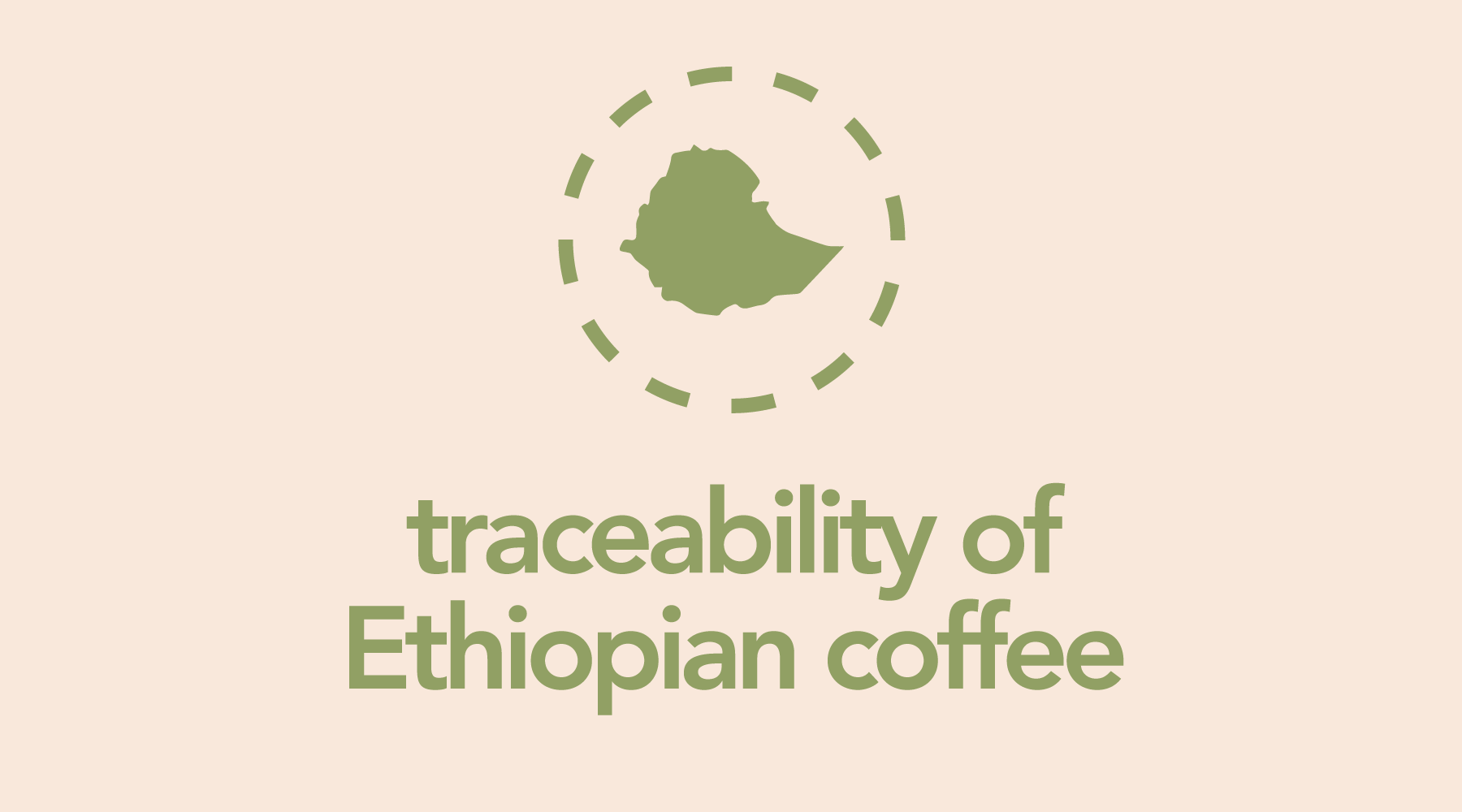Debunking Myths about Caffeine, Dehydration, & Roast Level
Myth 1: Caffeine Dehydrates
Today we tackle one of the great debates for coffee lovers. Does caffeine dehydrate your body? This question has been around for as long as scientists have studied the effects of caffeine. The primary reason caffeine was blamed for dehydration dates back to 1928. A study claimed that people who drank caffeine used the bathroom more frequently than those that didn’t. Caffeine has been the culprit for dehydration ever since... But is it true?
Sixty percent of the body is made up of water, and the required fluid intake can vary among individuals based on their activity levels and climate of their environment. Caffeine is water soluble, which means caffeine is only released when it is in contact with water. There is only so much caffeine available to extract, and the amount can vary based on the type of coffee bean used. When you drink a caffeinated beverage, the caffeine enters the bloodstream through the mouth, throat, and stomach lining, eventually making its way to the liver. The contents in your stomach, or lack thereof, can account how caffeine affects the body. The absorption of caffeine takes about 45 minutes, and the effects can last up to three hours. The caffeine within coffee, not the beans themselves, is a mild diuretic and can cause the body to release extra sodium and more water for the body through urine.
It would be entirely logical to think that the body losing liquid means you could become dehydrated. Dr. Daniel Vigil, a professor from the David Geffen School of Medicine at the University of California explains why this reasoning is false: “When you drink a cup of coffee, or you drink a glass of iced tea, you are necessarily taking in a volume of fluid along with that dose of [caffeine],” Vigil says. Ultimately, he believes that the body will absorb the fluid that it needs and release the rest. Whether it is a cup of coffee or tea, it counts toward the recommended goal of eight cups of water per day. Black coffee, for example, contains more than 95% water.
Ongoing research into the effects of caffeine, and coffee at large, have produced more results. A recent 2016 study tested the effects of a caffeine pill versus a placebo over the course of several days. When comparing multiple measurements of dehydration in both groups, the study concluded that caffeine did not have any kind of impact on the hydration of the individuals involved in the study.
So why does it feel like drinking coffee makes us go to the bathroom more than when we’re not drinking it? The answer is simple. More liquid in the body means more trips to the bathroom! If you replaced every cup of coffee you drink with a cup of water, juice, or other liquid, you would have to go to the bathroom just as much.
Those who regularly consume coffee will be able to build a tolerance to the diuretic qualities of caffeine, and the effects can deplete over time. If you continue to drink caffeinated beverages and still find yourself exposed to headaches or other symptoms, it is not dehydration you are experiencing. Caffeine affects people differently due to the various genotypes that regulate the body’s capability to metabolize caffeine. Even though the research shows that caffeine will not dehydrate you, and I am pleased with those findings, I believe that common sense and personal experimentation needs to take place to find out what level of caffeine consumption benefits you and the health of your body. At the end of the day, H2O is always the way to go, and caffeinated beverages should not be the primary option for staying hydrated, especially if you do not drink them regularly.
Myth 2: The Darker the Roast, the Higher the Caffeine Content
There is a common conception that dark roasted coffees, with their bold color and robust flavor, hold the most caffeine. A popular opposing viewpoint thinks that a lightly roasted coffee contains more caffeine because it is roasted for a shorter time, thus “burning off” less caffeine. It turns out that both assumptions are incorrect. During the roasting process, coffee’s caffeine content remains relatively stable. What actually changes during the roast is the taste and caffeine level per the beans’ volume and weight. When beans are roasted, they lose some of their moisture and overall mass. Beans that are roasted dark or past the second crack will have a noticeably lighter weight than light roasts. This decrease in mass and density is yet another reason why some people believe dark roast coffees are lacking in caffeine. It’s possible since the darker roasts are lighter that more coffee is used to make a cup of coffee, but the level of caffeine in each bean remained stable through the roasting process.


